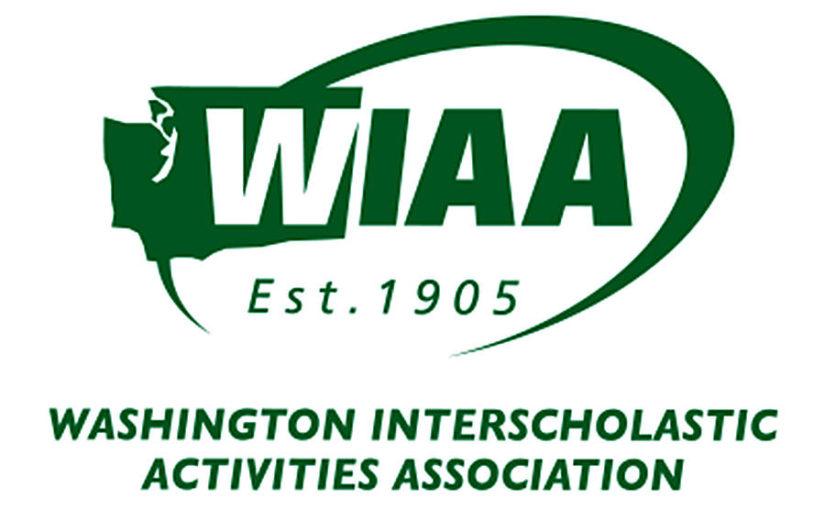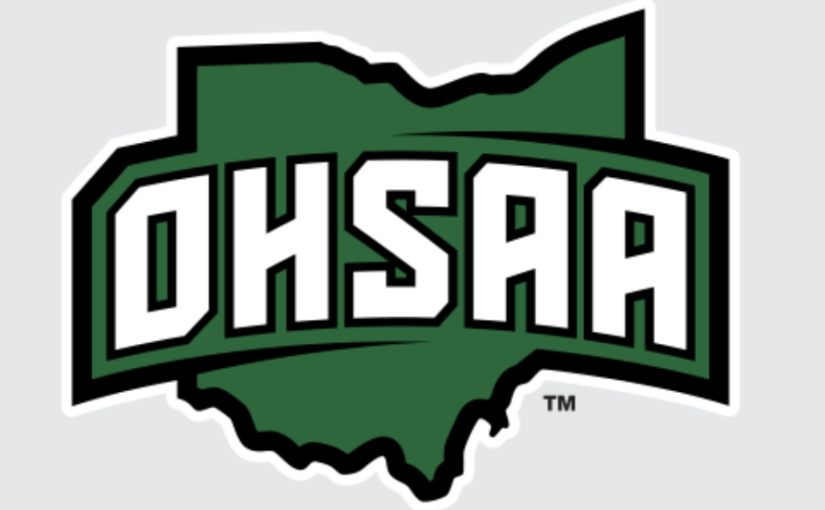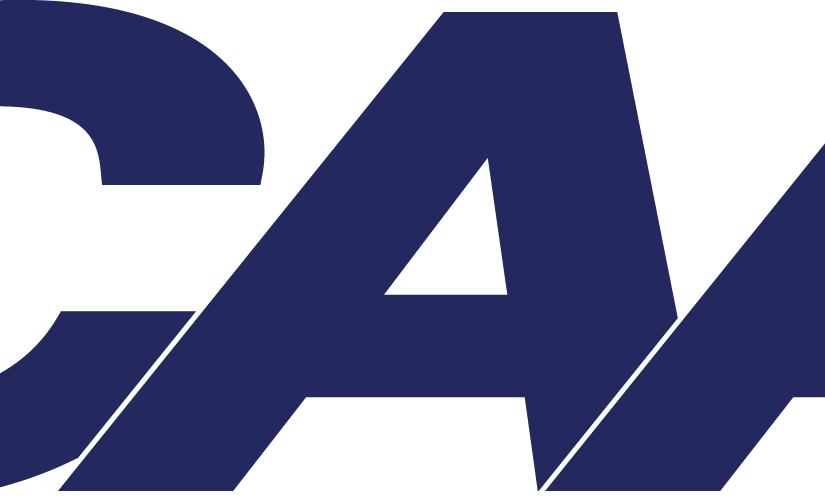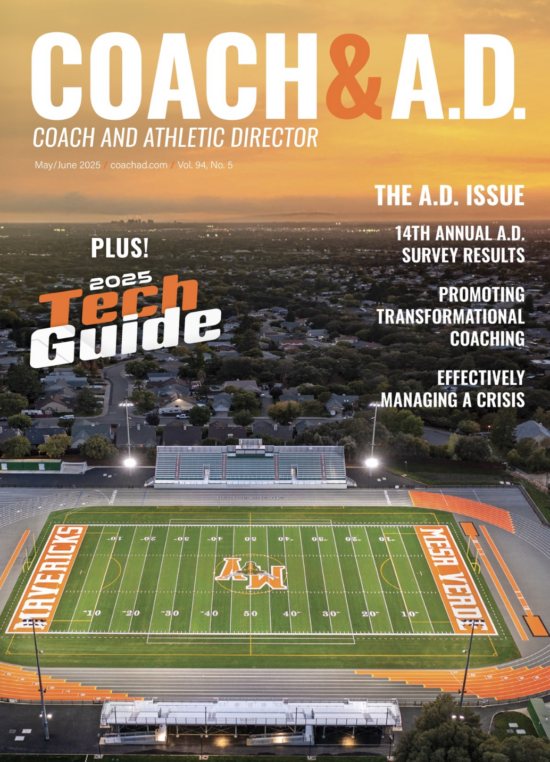Schools pursuing naming rights for athletic facilities
Soon after Aaron Zupka took over as athletic director at Milford High School, he knew his department would need to produce creative fundraising ideas. Two months after he started his new position, local voters in his school’s eastern Cincinnati county defeated a bond issue request to fund a $98 million construction project. The bond would not only have built a new middle school and auditorium but also replaced several athletic facilities.After the district researched why taxpayers shot down the May 2019 measure, concluding residents wanted more outside funding, the issue went back to the ballot in 2021, but asked for a $55.9 million bond with the lone ask of replacing the middle school. In addition to the bond, $11.5 million in co-funding from the Ohio Facilities Construction Commission was approved for the project.
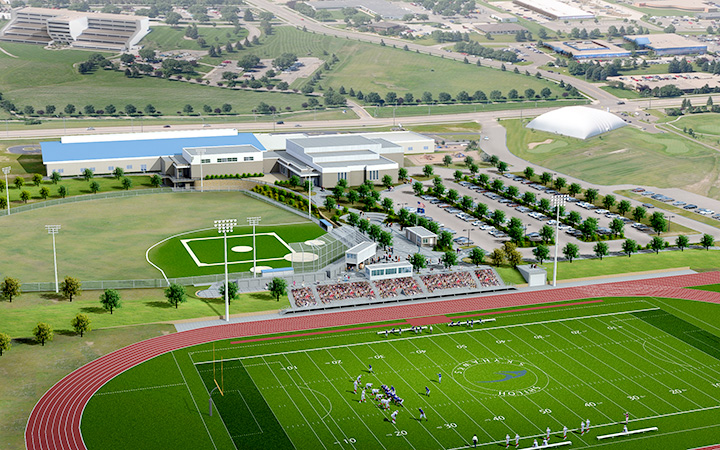 The updated request was approved, and taxpayers had to pay around $86.45 in an annual tax increase as opposed to the $164.50 outlined in the original proposal.
The updated request was approved, and taxpayers had to pay around $86.45 in an annual tax increase as opposed to the $164.50 outlined in the original proposal.
In the end, the money to upgrade and fix athletic facilities for the high school of 2,000 students would need to come from elsewhere.
Zupka went the traditional sponsorship route of calling community businesses, asking for banner ads and the like, but one phone conversation went in a direction he did not anticipate.
Speaking with Andy Cullen, Zupka found the conversation turned from basic branding to renaming the football stadium after Cullen’s longstanding community business, Cullen Electric.
After going through the channels within his public school system, from speaking with committees to getting it passed by the school board, a 10-year agreement was reached to rename the stadium “Milford High School powered by Cullen Electric” in exchange for $210,000 from Cullen Electric over the course of the next decade.
Zupka said that while some of the money coming from the deal has been earmarked for projects, much of it has helped with athletics operations not accounted for in the regular budget.
While there is no hard data on how many high schools have these naming rights for high school venues, the case in Milford isn’t a one-off, and several athletic directors from across the country say the practice could become more commonplace in the future.
A Growing Trend?
As public funds continue to divert away from high school athletic budgets, more and more schools have revisited whether they should explore corporate naming sponsorships for athletic facilities as a way of filling funding gaps and/or enhancing their offerings to students and spectators.
In 2019, the Dallas Morning News found that nearly 20 school districts had already awarded naming rights for a football stadium or their athletic complex. As of 2022, at least five school districts in the suburban Milwaukee area had corporate sponsorship naming rights in place, according to the Milwaukee Journal Sentinel. In Florida this past August, the Charlotte County School Board adopted a policy whereby its schools can sell naming rights. Immediately, two schools had deals in place for a combined $120,000, Gulf Shore Business reported.
David Kelley, PhD, CMAA, teaches classes in sport finance, athletic fundraising, and sport facilities and event management at the University of Cincinnati as program coordinator of the Online Master’s Degree in Sport Administration Program.
As part of his coursework, Kelley emphasizes trends in professional athletics always drip down to the college and high school levels, including corporate businesses wanting to attach their name to athletic facilities. And when it comes to high schools engaging in corporate sponsorship naming deals, “The toothpaste is out of the tube,” Kelley said.
“Anytime a public source of funds like taxes is either scaled back or taken away, a form of privatization will naturally have to occur,” he said. “So, if the bond levy fails, and they’re not able to pass the bond, and they’re not getting as much money from the budget toward extracurricular activities … the money, if you’re going to stay operational, has to come from somewhere. “
NFHS data has found that high school sports and performing arts, and activities impact more than 12 million students nationwide. Examinations of various school districts’ budget information show that activity programs make up exceedingly small percentages of school budgets, despite athletics acting as the front door for a school to the public.
» ALSO SEE: High-ranking high school player turns down $750K NIL deal
In the 2014-15 school year, the city of Chicago’s Public School Board of Education’s budget was $4.93 billion, while the activity programs portion was $17.6 million. In the Los Angeles Unified School District, activity programs received $6.33 million of the overall $7.27 billion budget for 2014-15. Finally, in the Miami–Dade, Florida School District, its Board of Education had a 2014-15 overall budget of $3.7 billion, while setting aside $17.2 million for activity programs.
This is an excerpt of an article written by Jordan Morey of the NFHS. To read the full story from Morey, click here.

